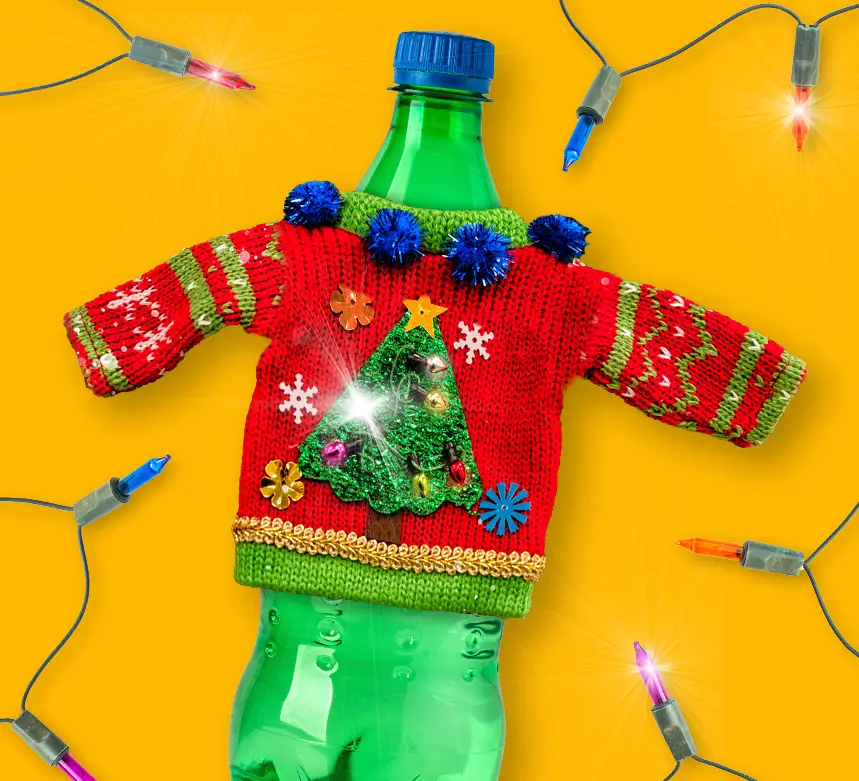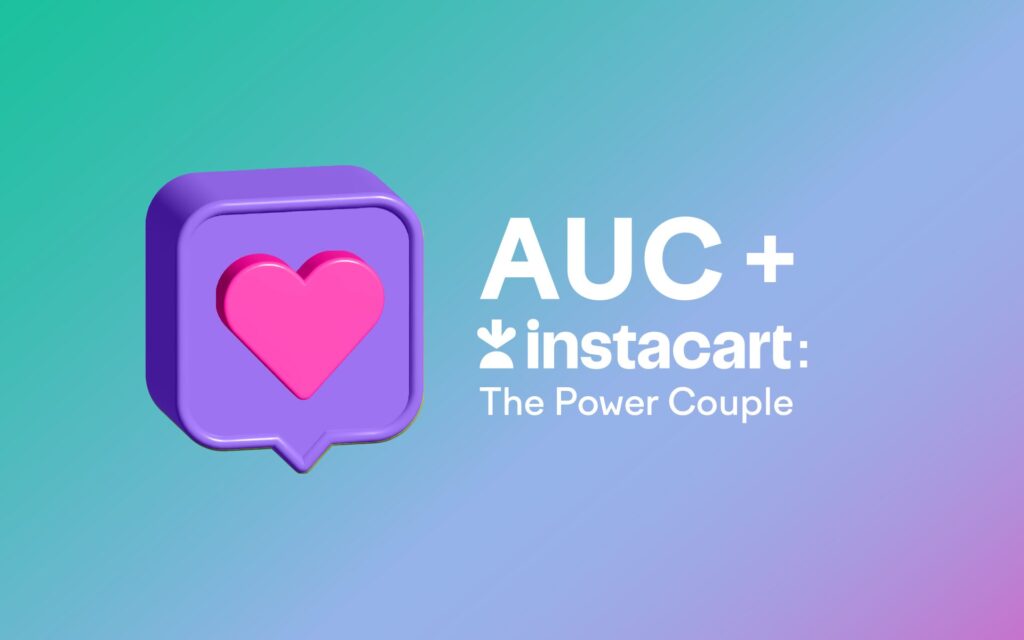Nudgenomics™: AUC Proprietary Methodology to Applied Behavioral Science-Driven Conversions
Marketing has a blind spot. For decades, brands have talked at consumers, pushing rational messages about savings, features, and benefits—missing the invisible forces that truly drive decisions. We now know that 95% of decisions are made in the emotional, unconscious brain (Bechara & Damasio, 2005, Journal of Consumer Psychology). Yet, most commerce marketing is still designed as if consumers carefully weigh pros and cons, rather than respond to subconscious cues that tip them into action.
Enter Nudgenomics™: our new methodology for uncovering the emotional drivers behind human decisions. Blending behavioral science with strategic nudges creates meaningful connections and drives measurable results across every touchpoint. At its core, Nudgenomics™ recognizes a fundamental truth: consumers don’t think their way to a purchase; they feel their way there. The right nudge, embedded in the right moment, can be the silent persuader that turns consideration into conversion.
How Is This Different from Traditional Behavioral Economics?
While standard approaches focus broadly on choice architecture, Nudgenomics™ specifically targets the intersection of emotion and decision-making in driving conversion. Using proprietary measurement tools, it quantifies impact and opportunity across customer segments, retailers shopped and geographies.
A Landmark Study on the Power of Nudges
To prove the impact of behavioral nudges in commerce messaging, we conducted a first-of-its-kind implicit research study with 400 cookie-buying moms, evenly split between Millennial and Gen X demographics. The goal? To measure the impact of nudge-driven messaging compared to a standard promotional offer.
Our hypothesis was simple yet powerful: changing just a few words—grounded in behavioral science—would drive higher engagement, stronger emotional connections, and ultimately, greater conversion intent.
Introducing the Nudge Impact Score
The Nudge Impact Score is our proprietary metric designed to quantify the effectiveness of messaging by measuring how emotional triggers influence consumer behavior.
In this study, we used the Nudge Impact Score to evaluate intuitive associations, combining percent agreement with response time to assess key attributes such as purchase intent, relevance, appeal, uniqueness, ease of understanding, and perceived savings.
Based on benchmarks, Nudge Impact Scores in the 60s predict strong performance for creative and messaging, while those at 70 or greater indicate very strong performance.
By analyzing implicit reactions (in less than one second), this approach provided a deeper, more comprehensive view of how different nudges shape consumer decisions, going beyond traditional analytics to uncover what truly drives engagement and action. The results weren’t just promising—they challenged existing frameworks.
The Invisible Forces Driving Consumer Behavior
Through rigorous implicit testing, we uncovered a crucial insight: different consumer segments respond to distinct nudge-based emotional and psychological triggers. Our study compared how Millennial and Gen X moms reacted to emotionally enhanced messaging (a savings offer plus a behavioral nudge) versus a standard control message (“Buy Cookies on Your Next Shopping Trip, Save $1.00”). The results revealed clear patterns in what motivates each demographic group to act.
Millennial Parents
Millennial parents are powerfully motivated by Loss Aversion and Herding principles. When we framed offers as time-sensitive opportunities (e.g., “Surprise them with a limited-time flavor cookie and save $1” or “Get $1.00 off the fam’s favorite cookie for a limited time!”), purchase intent increased by 17% compared to the control. Similarly, messages leveraging social validation (e.g., “Save $1.00 on your kids’ favorite cookies”) also outperformed the control, achieving a Nudge Impact Score of 72.
Explicitly, Millennial parents preferred emotive messaging like “Save $1.00 on your kids’ favorite cookies” 41% more than the control. Interestingly, nudge-based messages were also perceived as a better way to save (+20%) despite both offers being identical ($1.00 off).
Gen X Parents
Gen X parents exhibited different motivational patterns, responding best to Contextual Framing and Decision Simplification. Messages that provided clear situational relevance (e.g., “Save $1 on cookies—perfect for packed lunches” or “Fresh Baked Savings This Way, Save $1.00”) resonated deeply with this audience, with “Fresh Baked Savings” driving 50% higher purchase intent. Similarly, nudges that simplified the decision-making process (e.g., “Save $1 on cookies for snack time made easy”) drove higher engagement (Nudge Impact Score: 72).
Explicitly, Gen X parents preferred “Fresh Baked Savings This Way, Save $1.00” 51% more than the control and “Save $1 on Cookies for Snack Time Made Easy” 19% more than the control. Like Millennials, they also saw nudge-based messages as a better way to save (+50%) despite both offers being the same.
For Gen X consumers, reducing cognitive load and highlighting clear, compelling benefits for specific occasions proved most effective. They value clarity, utility, and straightforward solutions that fit seamlessly into their established routines.
The Nuance of Nudges
Not all nudges are created equal. While many messages delivered remarkable lifts in engagement and conversion intent, others performed worse than the control. For example, a playful framing message about dunking cookies in milk (“Save $1 on cookies—milk dunks sold separately”) fell flat. The takeaway? Nudges must align with the audience’s motivations and context.
The Behavioral Science Behind Effective Nudges
Our research identified several key behavioral principles that consistently drove higher engagement:
- Loss Aversion: People feel the pain of loss more acutely than the pleasure of gain. Messages highlighting limited-time offers tapped into this deeply ingrained tendency.
- Social Proof: Consumers look to others for guidance. Nudges suggesting popularity (“favorite cookies”) leveraged this effect.
- Contextual Framing: Positioning products within specific use cases (“perfect for packed lunches”) helped consumers visualize their value.
- Decision Simplification: Reducing cognitive load by presenting clear, easy choices (“snack time made easy”) removed barriers to conversion.
The Copywriter’s Perspective
Noelle Grimm, copywriter at AUC, says, “As a copywriter, I’ve seen firsthand how small shifts in language can make the difference between a message that’s ignored and one that deeply resonates. Nudges aren’t just marketing tactics—they’re bridges to more meaningful connections with consumers. When we embed behavioral insights into messaging, we’re not just selling a product; we’re tapping into emotions, habits, and desires that make the purchase feel natural and intuitive.”
What This Means for Brands
This study isn’t just about cookies—it’s about the future of commerce marketing. Here’s what every brand should take away:
- Words matter more than we think. Small shifts in phrasing—grounded in behavioral science—can make the difference between a message that gets ignored and one that drives action.
- One-size-fits-all messaging is dead. Different audiences respond to different nudges. Understanding their unique psychological triggers is no longer optional—it’s essential.
- Test relentlessly. The only way to unlock the full power of nudges is to experiment, measure, and refine.
- Combine art and science. The most effective nudges blend creative messaging with behavioral insights to create memorable, actionable communications.
- Small changes can garner big returns. With minimal investment in messaging adjustments, brands can see significant improvements in campaign performance.
The ROI of Nudgenomics™
Beyond emotional and behavioral impacts, our study revealed tangible business benefits:
- Conversion Lift: Nudge-optimized messages increased purchase intent by up to 50%.
- Brand Perception: Nudge-optimized messages improved perception scores, particularly in forming more meaningful connections with consumers, with relevance increasing by 80%.
The Future of Nudgenomics™
As consumer behavior evolves, so too will the science of nudges. Early adopters who embrace Nudgenomics™ today will gain a significant competitive edge in the marketplace of tomorrow. The right nudge at the right moment doesn’t just drive sales—it builds stronger emotional connections and brand equity.
Because, as we’ve now proven, the smallest nudge can make the biggest difference.
Applying Nudgenomics™
Ready to harness the power of nudge strategies to accelerate conversion? Let’s talk.




